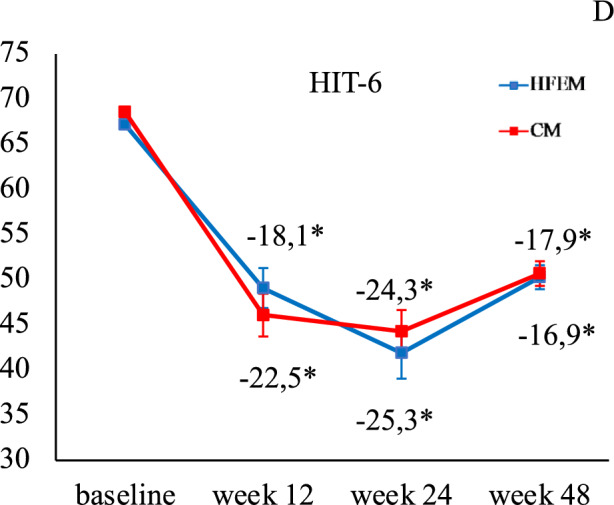1Headache and Pain Unit, IRCCS San Raffaele, Via Della Pisana 235, 00163 Rome, Italy
2San Raffaele University, Rome, Italy
3Clinical and Molecular Epidemiology, IRCCS San Raffaele, Rome, Italy
4Neurology Unit, San Giuseppe Moscati Hospital, Avellino, Italy
5Neurology Unit, San Paolo Hospital, ASL 2, Savona, Italy
6Headache Center, Neurology Unit, San Camillo-Forlanini Hospital, Rome, Italy
7Laboratory of Neuroscience, Department of Neurology-Stroke Unit, Istituto Auxologico Italiano, IRCCS, Milano, Italy
8Department of Clinical and Experimental Medicine, University of Messina, Messina, Italy
9Neurology Unit and Stroke-Unit, AORN A. Cardarelli, Naples, Italy
10Headache Center, Neurology Unit, San Filippo Neri Hospital, Rome, Italy
11Department of Neurology, Headache Unit, Scientific Institute San Raffaele Hospital, Vita-Salute University, Milan, Italy
12Stroke Unit, S. Camillo de Lellis Hospital, Rieti, Italy
13Neurology Unit, S. Maria Delle Croci Hospital-AUSL Romagna, Ravenna, Italy
14Department of Neuroscience, Mental Health and Sensory Organs (NESMOS), Sant’Andrea University Hospital, “Sapienza” University of Rome, Rome, Italy
15Neurology Unit, Pediatric Headache Center, University of Sassari, Sassari, Italy
16Headache Center, ASST Santi Paolo Carlo, Milan, Italy
17Headache Center, UOC Neurology, Ospedale Belcolle, Viterbo, Italy
18Department of Biomedicine, Neurosciences, and Advanced Diagnostics, University of Palermo, Palermo, Italy
19Frosinone Hospital, Headache Center, Frosinone, Italy
20Neurology and Stroke Unit, Cardinal Massaia Hospital, Asti, Italy
21Neurological Clinic, Marche Polytechnic University, Ancona, Italy
22Scientific Direction IRCCS San Raffaele, Rome, Italy
23Clinical and Molecular Epidemiology, IRCCS San Raffaele, Roma, Italy
24Department of Human Sciences and Quality of Life Promotion, San Raffaele University, Rome, Italy
25Department of Medicine and Surgery, Headache Center, Neurology Unit, University of Parma, Parma, Italy



